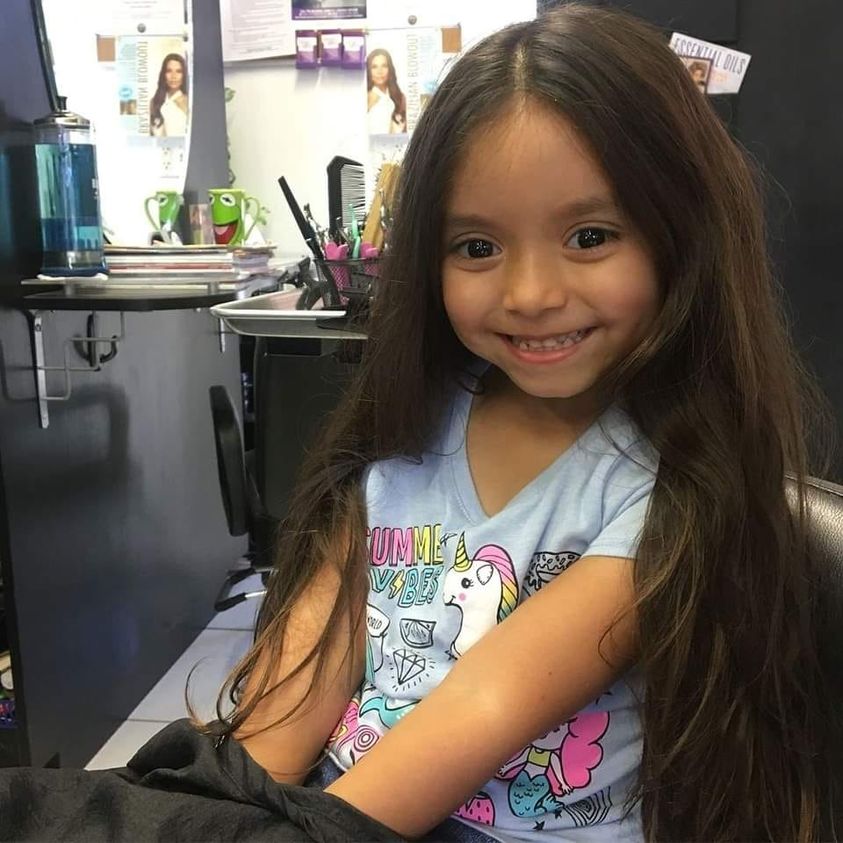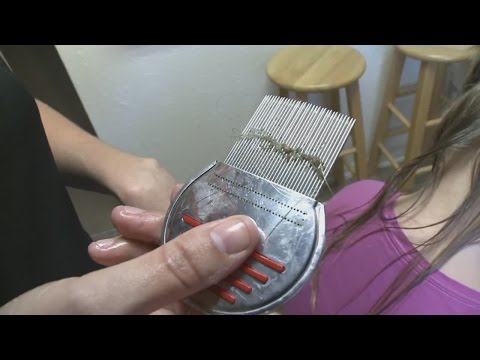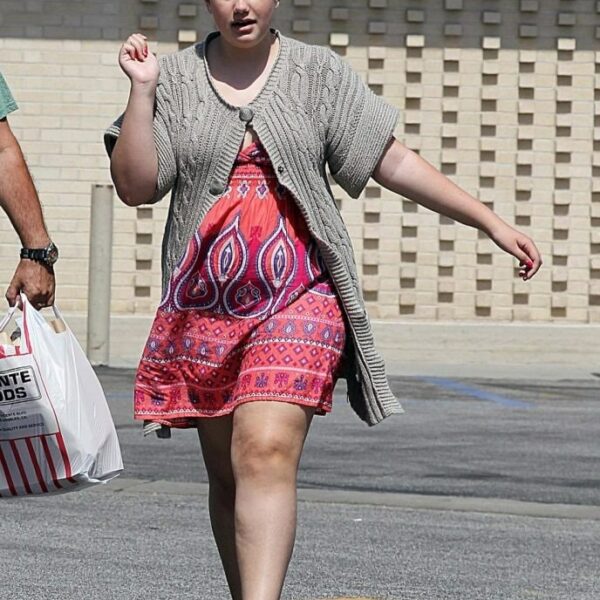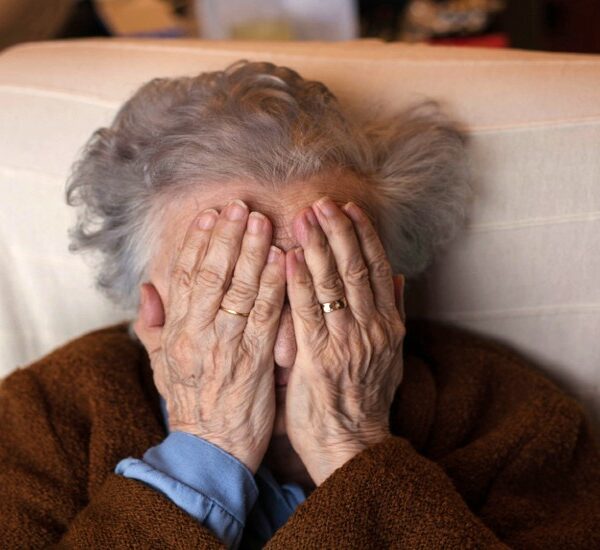Head lice infestations can be quite common, especially among school-age children. These tiny insects, about the size of a sesame seed, live on the scalp and feed on human blood. While lice infestations are not a reflection of poor hygiene, they can cause discomfort and itching. It’s important to understand the signs and symptoms of head lice and take appropriate action if an infestation is detected.

Signs and Symptoms
If you suspect your child may have head lice, here are some signs to look out for:
- Persistent itching on the scalp.
- The presence of small, white eggs (called nits) attached to the hair shafts.
- Small red bumps or sores on the scalp or neck.
- The sensation of something moving in the hair.
These signs may indicate a head lice infestation and should not be ignored. It’s crucial to take prompt action to prevent further spread.
Prevention and Treatment

While head lice infestations can happen, there are steps you can take to reduce the risk and effectively treat the problem:
- Regularly check your child’s hair for lice and nits, especially behind the ears and at the nape of the neck.
- Encourage your child not to share combs, brushes, hats, or hair accessories with others.
- Teach your child to avoid head-to-head contact with classmates or friends.
- If an infestation is detected, consult a healthcare professional for appropriate treatment options.
Remember, awareness and proper treatment are key to effectively addressing head lice infestations. By staying vigilant and taking the necessary preventive measures, you can help protect your child and minimize the discomfort associated with head lice.

